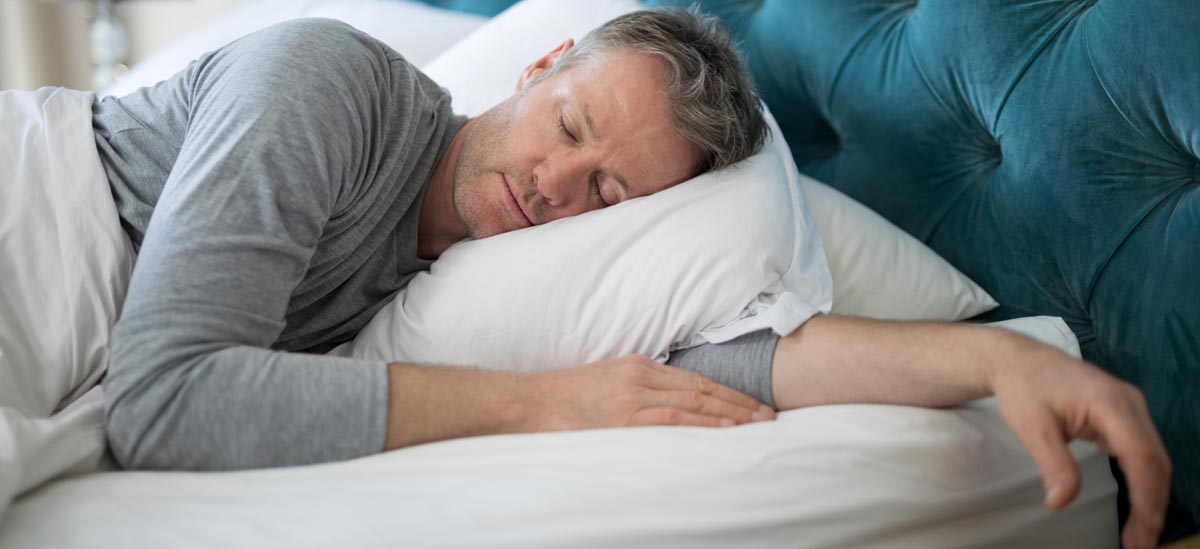Diagnostic Testing for Sleep Disorders in Arizona
Book an appointment today for a detailed evaluation with a sleep doctor at our Scottsdale, Phoenix, or Gilbert clinic. At The Insomnia and Sleep Institute of Arizona we are driven by outcomes. That starts with the right diagnosis. Consultations are exclusively with sleep specialists who diagnose and treat sleep disorders. These specialists are the first to guide the next steps in testing and treatment.
Diagnostic Testing At The Insomnia and Sleep Institute of Arizona
At The Insomnia and Sleep Institute, the need for diagnostic testing is truly determined by the patient’s complaints which are elicited during the initial consultation. For example, if we are investigating potential sleep apnea, depending upon the patient’s insurance requirements we may have to begin with a home sleep study.
Home sleep studies have a higher than ideal false-negative results, as many patients with obstructive sleep apnea (OSA) find that home tests indicate they do not have OSA since these tests rely only on airflow via the nose, oxygen, breathing movements, and heart rate. If such a home sleep study result is negative, then The Insomnia and Sleep Institute will submit the report to the patient’s insurance company to obtain prior authorization to complete the formal in-laboratory sleep study.
This is a necessary step to achieve approval for a formal in-laboratory sleep study. If the home sleep study is positive, then in most cases we simply must treat the patient first as the insurer typically does not cover additional testing unless there are specific indications for further testing.
Schedule a Detailed Evaluation Today
Sleep Lab and Sleep Disorders
If we are investigating for periodic limb movement disorder and parasomnia behaviors, these conditions can only be observed during an in-lab sleep study. Being so much more than a sleep lab, The Insomnia and Sleep Institute of Arizona is the leading comprehensive sleep center in Phoenix comparable to an academic sleep clinic setting.
If we are investigating for narcolepsy, then we have to perform an overnight in-lab sleep study followed by a next day multiple sleep latency test (MSLT). If we are investigating patients with possible insomnia, then we may start with home EEG monitoring for several nights to determine the patient’s actual sleep pattern. An in-lab sleep study may also be indicated in certain individuals with chronic drug-refractory insomnia.

Getting Started
There is paperwork and navigation of insurance policies to be undertaken to diagnose and treat any disorder, but we are here to help. During your initial consultation, your sleep specialist will perform a full evaluation to devise a personalized plan for testing and treatment if appropriate. You’ll also meet with The Insomnia and Sleep Institute of Arizona benefits coordinator to discuss coverage, authorizations, and more. We make everything transparent and straightforward, so you know your diagnosis and the recommended next steps.
In adults, the insurance company will typically determine what type of testing will need to be done first regardless of what we are investigating. In children, home sleep studies are not indicated or FDA-approved. Children are exclusively tested in the sleep lab.
Types of Sleep Lab Testing
There are a number of testing options available in our sleep lab, including:
Overnight Polysomnography (PSG)
PSG is the most common test used to diagnose OSA, RBD, and PLMD. It uses electrodes to monitor eye movement, brain function, heart rhythm, muscle activity, respiratory airflow, and other functions that are integral to sleep patterns. In most cases, a single night of sleep is all that is required for a PSG test to establish a diagnosis provided an adequate amount of total sleep time is recorded.
CPAP Titration
This study records and analyzes continuous positive pressure in the airway. It is usually recommended for those with those diagnosed with OSA and CSA to determine the most effective pressure setting to treat the sleep apnea. The test requires a mask that covers the nose, mouth, or both, and is regulated throughout the night to increase airflow in a monitored lab setting by the sleep technician.
MSLT (Multiple Sleep Latency Test)
This sleep study is designed to identify the root cause of excess sleepiness. PSG testing is a pre-requisite the night before MSLT. After the PSG, patients will take four-to-five naps during the day while brain activity is being monitored to determine how quickly the individual is able to initiate sleep when given an opportunity to take a nap.
HST (Limited Channel Test / Home Sleep Study)
HST is a home sleep study to help screen for OSA, but it does have a high false negative rate. HST is a common initial screening tool that is required by many commercial insurance companies. This small device is taken home to monitor sleep and patients return it the following day for analysis. It works by monitoring breath and airflow via heart rate and oxygen levels during sleep.
Advanced Brain Monitoring Sleep Profiler
The Sleep Profiler EEG Sleep Monitor is the latest diagnostic tool available at The Insomnia and Sleep Institute. It is a home device that is used for several nights and allows the physician to better evaluate patients for insomnia by analyzing sleep patterns via EEG monitoring. This device offers better results than more traditional sleep tracking tools, but is still considered a precursor in most cases to an in-lab sleep study.
Once all tests have been completed, the next step is to evaluate the results and create a customized therapy plan. Continued follow-up visits are almost always necessary in order to ensure an effective treatment has been determined. The Insomnia and Sleep Institute physician-led team is committed to patient safety and comfort throughout the entire process, offering state of the art diagnostic testing and treatments personalized to each patient.




